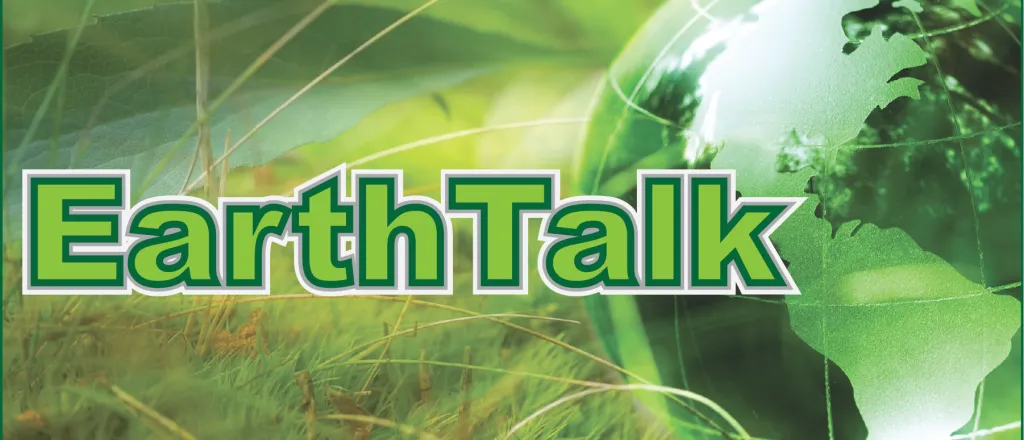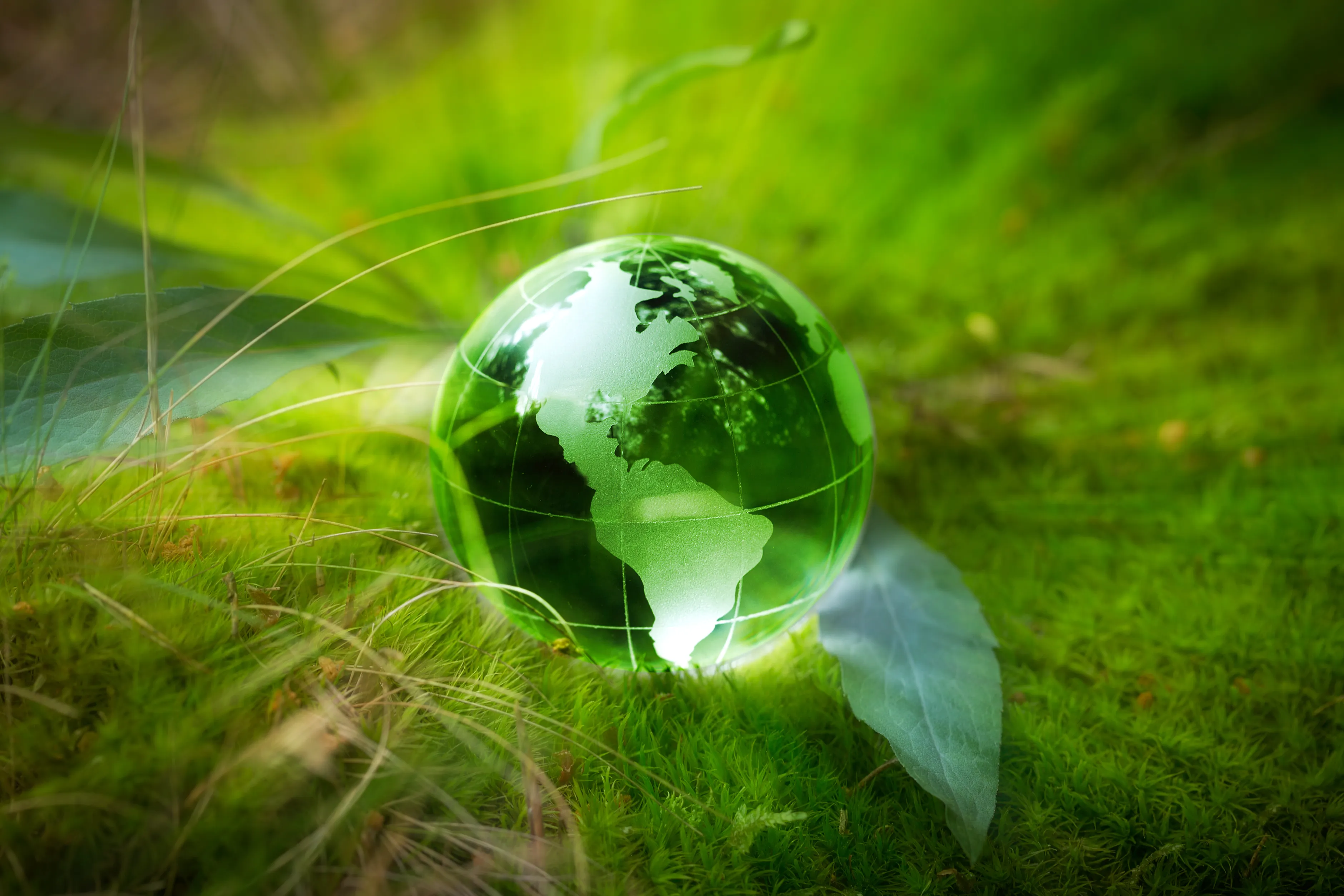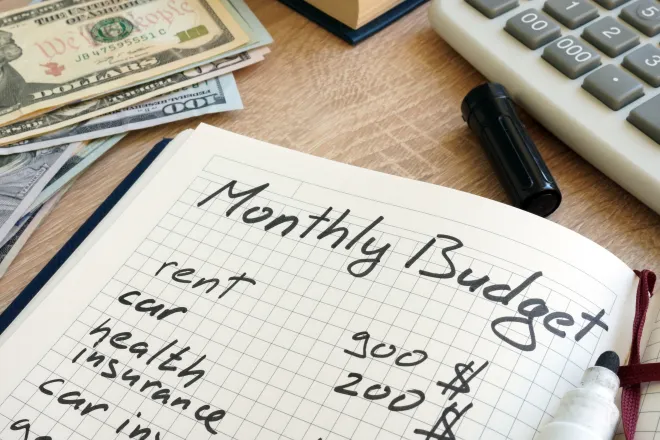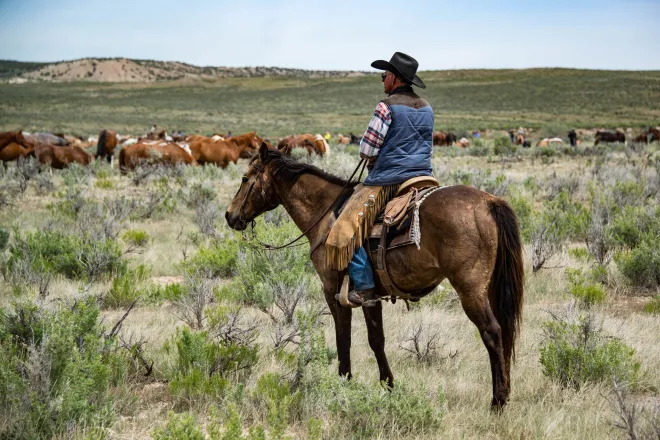
EarthTalk - Can lava flows be harnessed into structures we could live and work in?
©
Dear EarthTalk:
Can lava flows be harnessed into structures we could live and work in?
Peter R., Eugene, OR
To reach proposed climate goals, we now need to look beyond the simple acts and focus instead on the bigger culprit industries, especially the building and construction sectors, which account for about a third of greenhouse gas emissions.
In 2018, Icelandic architect Arnhildur Pálmadóttir’s company, Studio Arnhildur Palmadottir, coined the term “lavaforming” and declared it their new project. Lava flow itself is the stream of magma that rushes to the Earth's surface during a volcanic eruption. Although molten rock has historically been viewed as a byproduct that has catastrophic potential, Pálmadóttir was among the few who reimagined its potential as a key to meeting sustainability goals. Pálmadóttir defined the term as transforming a “local threat” into a “valuable resource”, namely turning lava flow into a sustainable building material.
While lavaforming can be accomplished in a number of ways, the best-known technique entails digging trenches to redirect the flow of magma before a volcanic eruption occurs. The rechanneled lava flow would not only protect the surrounding infrastructure but could also become the foundational structure for a new city when it hardens into basalt rock, a reliable building material. Another well-supported way of lavaforming is extracting the magma from a volcano before an eruption. In addition, others have proposed the use of 3D printing with molten lava to create foundational building materials.
While lava flow could technically be harnessed into livable buildings and structures, there are significant challenges that go against the feasibility of the concept. In an economy where profit maximization is the bottom-line goal, new ideas like lavaforming might be perceived as a threat by companies or individuals who are happy the way things already are. Also, property rights relating to lava flow and volcanoes need to be addressed as they have never been utilized economically before.
However, ordinary citizens can contribute to spreading the idea, given that lava flow does have the potential to be harnessed into structures humans can live in. In fact, Pálmadóttir states that lavaforming would allow “the foundations of an entire city [to] rise in a matter of weeks without harmful mining or nonrenewable energy generation.” By transforming lava flow, which has traditionally been regarded as a waste material, into an environmentally friendly building material, the world can gradually move towards more sustainable building and construction.
CONTACTS
- From ‘local threat to valuable resource’: Could Iceland’s lava be a sustainable building material?https://www.euronews.com/green/2024/09/13/from-local-threat-to-valuable-resource-could-icelands-lava-be-a-sustainable-building-mate
- Could Our Cities Soon Be Made From Lava? It's More Likely Than You Think, https://www.architecturaldigest.com/story/could-our-cities-soon-be-made-from-lava-its-more-likely-than-you-think.
EarthTalk® is produced by Roddy Scheer & Doug Moss for the 501(c)3 nonprofit EarthTalk. See more athttps://emagazine.com. To donate, visit https://earthtalk.org. Send questions to: question@earthtalk.org.

















